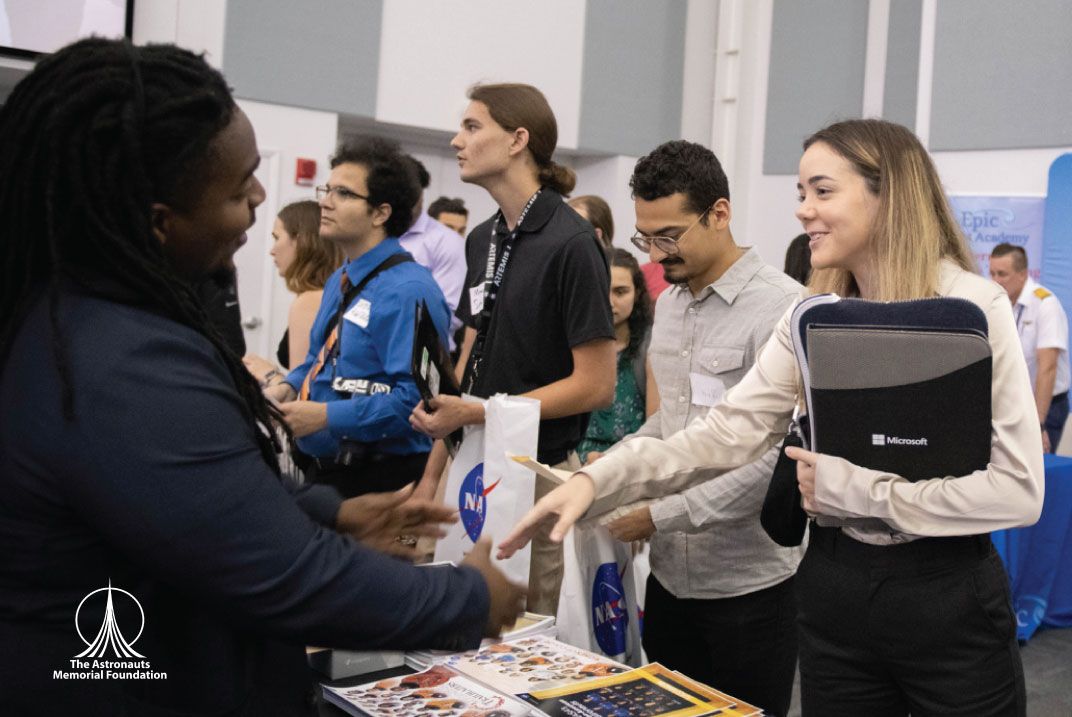Aerospace’s Workforce Woes Require Acceptance, New Mindset
)
 In today’s post-COVID economy, every sector is looking for talent. The aerospace industry is not unique. There are projected shortages of bus drivers, truck drivers, health care professionals, electricians, welders, and telecommunications technicians. While large prime contractors and their first-tier suppliers are reportedly in good shape, companies further down the chain have trouble finding labor as they did pre-pandemic, according to a March 23, 2023, Aviation Week article.
In today’s post-COVID economy, every sector is looking for talent. The aerospace industry is not unique. There are projected shortages of bus drivers, truck drivers, health care professionals, electricians, welders, and telecommunications technicians. While large prime contractors and their first-tier suppliers are reportedly in good shape, companies further down the chain have trouble finding labor as they did pre-pandemic, according to a March 23, 2023, Aviation Week article.
Building new spaceports and expanding existing ones will require plenty of people across multiple fields, including tapping into skilled construction workers, civil engineers, city planners, environmental specialists, and others, along with managers and lawyers to deal with the inevitable permitting headaches at the various local, state, and national levels. Local economic development groups will have to sign on to make sure that the appropriate short-term and long-term resources are available to support job creation and continued workforce development.
On top of a highly competitive marketplace, you can add three cultural trends that will only exacerbate shortages in the years ahead. First, the overselling of four-year college degrees and the need to code have discounted the need for hands-on work and skilled technicians. High school shop and vocational education classes need an industry boost to stand as equals to computer science, but few firms seem to be interested in doing a refresh. The irony here is that robotics competitions have kids working in shop classrooms after school--students who would have never thought about going to get their hands dirty otherwise.
Second, the over-55 generation is counting down to retirement, so that’s going to open more positions to be filled over the next decade. Finally, corporate loyalty is a thing of the past, with employees willing to switch jobs for better advancement opportunities, more interesting projects, and increased pay. Ask a 2023 college student if they envision spending 20 to 30 years at the same job, followed by a pension and a gold watch – better yet, make sure you start recording video before asking.
Aerospace companies are going to have to stop treating HR and workforce development as a necessary evil and embrace it as a strategic necessity to find, hire, and retain talent, borrowing Silicon Valley-style perks as appropriate. A pet-friendly office, free unlimited snacks, catered lunches, and on-site dry cleaning may be a bit much, but more progressive policies such as work-from-home options when practical and “golden handcuff” stock and bonus options to retain employees longer are just about table stakes these days, with the latter practice already in use by firms such as Blue Origin and SpaceX.
Efforts by the White House to encourage and highlight private and public work to bring the benefits of space to communities across the nation are encouraging, with Vice President Harris promoting a strategy including new public-private partnerships and commitments from businesses and social enterprises to expand access to space and STEM education work-based learning opportunities. This includes apprenticeships and internships for current and future generations of scientists, welders, machinists, and engineers for positions that require college degrees, those that do not require college degrees, and those that require security clearances in support of the United States Space Priorities Framework.
More non-profit efforts are starting to come into play for workforce development at the top of the stream for K-12 STEM work, such as the Astronauts Memorial Foundation’s Center for Space Education (CSE)developing resources and structures to encourage and foster aerospace careers from the classroom through graduation, but more will be required to embrace skilled trades not requiring a four-year degree.
Quality-of-life issues can be a strength for some firms. For example, Astrobotic Technology’s headquarters in Pittsburgh translates to lower cost-of-living, affordable housing, and easy commutes into the office--things you won’t find around San Francisco or Los Angeles.
But longer-term measures will be required as well. Huntington Ingalls Industries, the nation’s largest shipbuilder, operates apprentice schools in Mississippi and Virginia, providing 1,000 hours of coursework for specialized trades including electrician, heavy metal fabricator, machinist, pipefitter, molder, non-destructive tester, and welder. Graduation from the program leads to a full-time job at the company and an associate of applied sciences degree in their assigned trade. Students can go on to secure associate degrees in partnership with local community colleges, and continuing education benefits that can lead to an engineering or other degree if so desired.
Would such a model work or be necessary for aerospace firms seeking a combination of skilled craft labor and white-collar workers? Only time and continued open job slots will tell over the next five years.

